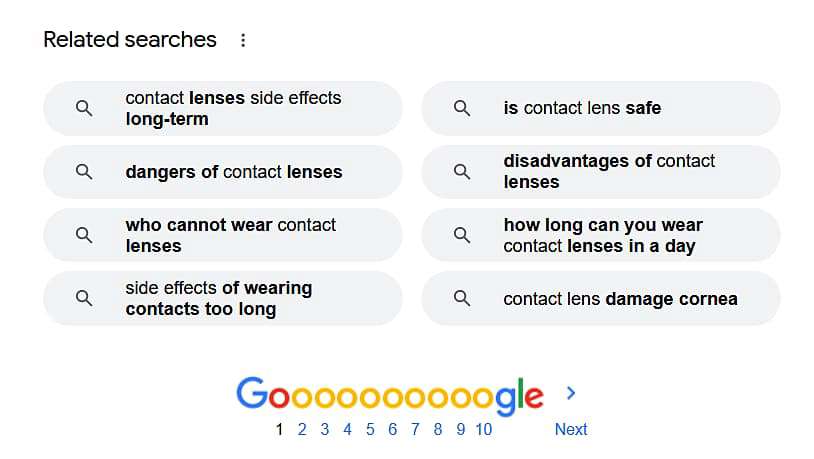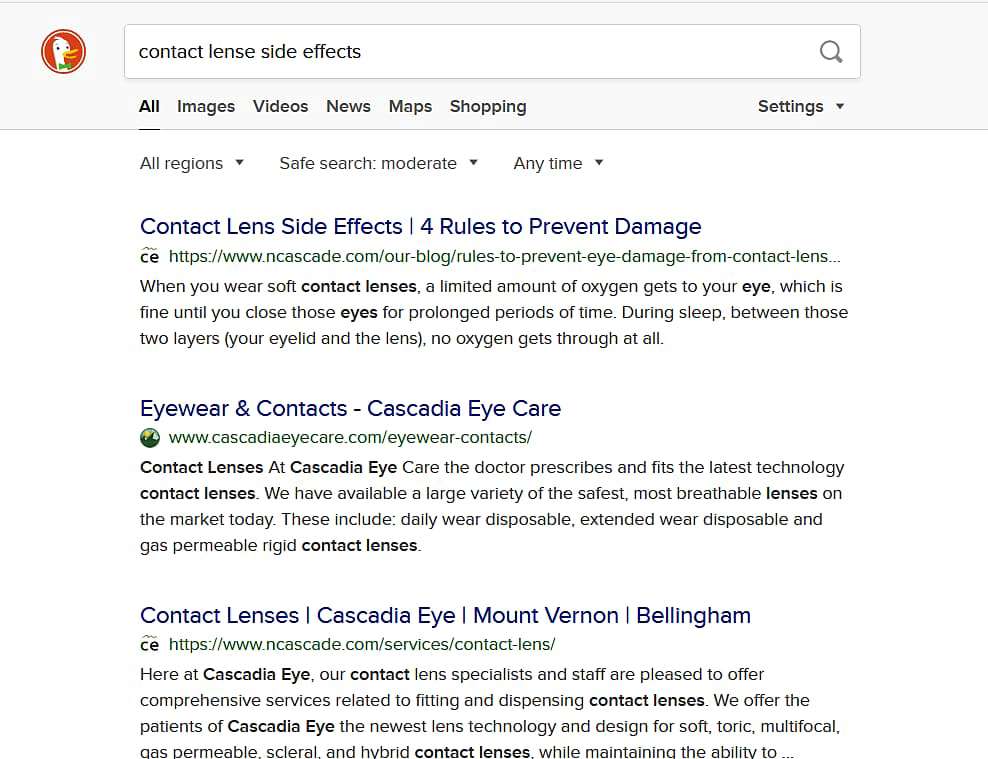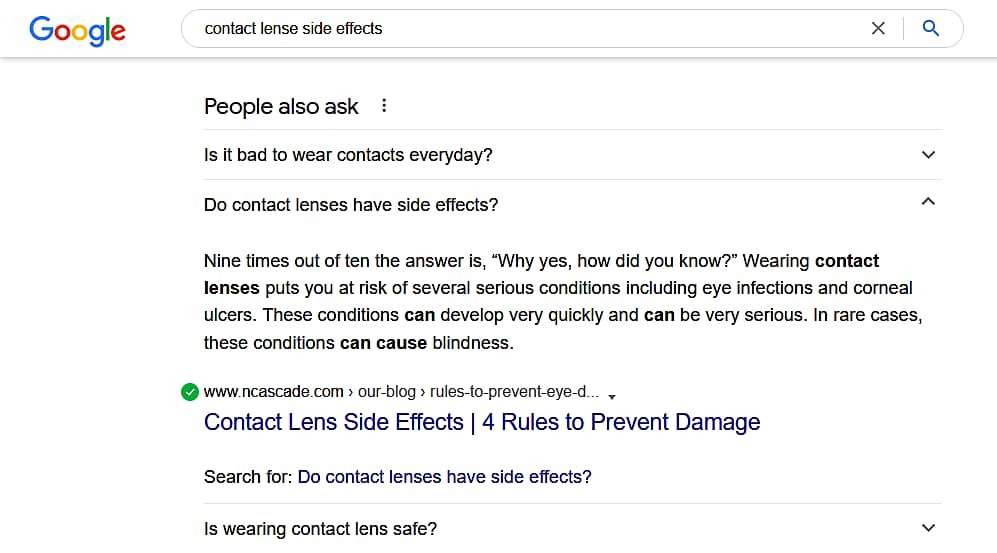Blogging is a great way to improve your website’s SEO over time by providing original, regularly updated content that is fresh, relevant, and informative. Blogs can be picked up and distributed by website listing services, such as Pingomatic, which will automatically register your blog with fifteen top blog listing services. To add your blog to Pingomatic in WordPress, go to your Admin panel > Settings > Writing, then find the Update Service field and add this URL: http://rpc.pingomatic.com/ Otherwise, go to the pingomatic website and submit your blog’s home page URL with the service.
Search engines don’t rank overall websites, they rank pages. SEO is accomplished by having web pages optimized with these key qualities:
- Valuable, correctly structured content
- Fast loading time
- A high-quality mobile experience
- Visually and interactively stable
- Secure
If you’re using WordPress, install a highly rated SEO plugin to provide on-page SEO analysis of your blog’s content and suggestions for improvement. Some examples are Yoast, All In One SEO, RankMath, and MonsterInsights.
As you proceed in an SEO campaign, keep in mind that robust and sustainable SEO takes time and attention to detail. Successful SEO is a marathon, not a sprint.
Keywords & Phrases
Keywords and phrases are meaningful search terms that encapsulate the intent of the audience when searching for a topic. Once you’ve decided on a blog topic, begin your keyword search by simply searching for the topic in Google and looking through the search engine result pages (SERPs). Also check the bottom of the SERPs for a suggested list of similar, popular keywords and phrases that will provide insight into the typical intention of users when they use them—are they looking for instructions, multimedia, directions, definitions, something else?

Record these terms and use tools like Google Trends and SEMRush to find the best 20 – 30 keywords/phrases in your target audience’s region.
Keyword competitiveness: Getting your blog to rank well requires finding those keywords and phrases that will attract your target audience, but aren’t too competitive. You don’t want to have to compete with high-authority websites; you want to start your SEO endeavors by first ranking well in your niche market. It takes time and consistent effort to build domain authority and to gain a competitive advantage for prime keywords.
Having multiple posts on the same general topic can work well as long as individual posts refine the topic into distinct elements, each targeting different keywords. Each blog post should rank well for a single defining keyword or phrase. To determine this, choose one that is both popular and has a low completion rate. Make sure to use this phrase in the title, within the content, and as related permutations in the heading tags.
When deploying keywords, it is important to include the topic’s defining terms in the first and last 50 words of the post; using the rest of the post to incorporate other keywords and phrases throughout to provide clarification, detail, and information.
Pages and posts with outdated or no longer relevant content, and/or have poor SERPs should be removed, as they will bring down overall ranking of the rest of the site.
Titles
Titles are of critical importance for SEO. The page’s title will become the heading on search engine result pages (SERPs). The title will be followed by a brief description that has been derived by the search engine after having crawled and indexed the page.
Choose a title that reads the way a person would think when searching for a topic and is exciting. Take full advantage of the title’s 70 character limit by including various keyword phrases, and/or your organization’s name, each separated by a hyphen or pipe:

Use a tool such as isitWP to analyze your titles and headings.
URLs: The power of the title also applies to the blog post’s URL. A URL can be crafted to contain some of the keyword phrases you’ll find in your research. By default, depending on your admin settings, WordPress will either use the post’s title in the URL path or generate a generic one. By taking advantage of editing the post’s URL, you can turn this: http://www.sitename.com/blog/?p=30330/ Into this: http://www.sitename.com/blog/how-to-prevent-eye-damage-from-contact-lenses/
Edit the URL by clicking on the Edit button in the post editor:

Writing & Structure
Make sure posts are original, easily readable, directed at the target audience, and that they effectively provide the information promised by the title. Use a tool like Grammarly to check syntax and spelling and have at least one other person proofread the post.
Always deploy keywords in the headings and subheadings of posts. Headings clarify content into sections, improving readability and giving both humans and search robots a clear idea of what your post is about.
Post length: While many people may prefer conciseness, search engines put a higher value on long, thorough content. On the other hand, longer content also provides an opportunity to strategically employ all of the keywords and phrases discovered during research.
As you consider your post in the light of SEO, it is important that you do not attempt to write specifically for SEO. Rather, write in a natural, informative manner while incorporating SEO structures. Search engines are very acute and will sense any deliberate attempt at SEO manipulation, which can result in ranking penalties or even banishment from search results.
Since your site is likely to be centered on a core concept from which different pages provide further and discrete topic content, the potential increases for pages and posts to compete with each other in ranking for the same keywords. This is known as keyword cannibalization and results in lower rankings for all pages involved.
To prevent keyword cannibalization, the page holding the preferred version of topic content needs to be given a “canonical” link tag to establish it as the core subject page. This can be done through the SEO plugin fields available in the post editor. Other pages and posts with supporting content should exchange links with the canonical version to support all page/post SEO value. Keep an audit of posts and pages to make sure they are not competing with each other for keywords.
Begin each post with the most important content in the first two paragraphs and again in the final paragraph. Try to keep paragraphs brief, less than 10 sentences.
Be sure to include at least one paragraph of no more than 50 words containing key phrases to provide readers and search engines alike with a condensed synopsis of your blog post topic. Listicles are one great way to do this. Listicles are bullet-pointed or numbered lists that define points to an article. Having such condensed content is the key to having attractive descriptions in SERPs and getting picked up by Google’s “zero place” Answer Boxes—answers to queries right on the search page.

Linking Profiles
There are three types of linking: Internal links (to other parts in a site), external links (outbound to other sites), and inbound links from other sites (backlinks). All forms of linking will provide search engines with a map of how subject content is related within a site and between sites on the internet.
Internal links are critical to establishing a website’s subject hierarchy and to help keep all page values boosted. Older content that still has relevance and value can be supported by internal links to and from higher-ranking pages. Other than pages with strictly limited purpose–such as a cart or login page–be sure to include a handful of relevant internal links within all page and post content.
Including keyworded anchor links embedded within blog content (i.e. contact lens safety) is much better for SEO than having links in a sidebar or too many “naked” URLs, i.e. “https://www.yoursitename.com”.
The best-performing link profiles are natural inbound/outbound links that use either brand names, site names, or keyword phrases in the anchor text, .ie. “BrandCo Products”, “high-quality contact lenses”, and “www.sitename.com”. “Natural” links are those that make logical sense for where they are, including internal, outbound, and inbound links. Internally, include embedded links within the course of a text that reads in a natural voice while utilizing a variety of linking anchor text formats. Universal anchors, such as “read more” or “click here”, can also add value when mixed in.
To get top rankings for your chosen keywords, the ultimate goal is to have high-ranking third parties include a link to your site with anchor text of an optimal keyword for your topic (such as the key topic term, keyword phrase, or your brand name) on the highest page as possible in their site’s hierarchy. Getting the same inbound links that the top sites in your niche have is the fastest way to improve SEO. Doing so not only gives you more exposure, it provides your blog with a very powerful SEO tool: Backlinks.
Guest Posting & Backlinks
You are most likely writing a blog because you have specialized knowledge about a particular topic. Now that you’ve written a post that is optimized for search engines, you should share it with already high-ranking content sites that are always looking for fresh, relevant content.
Backlinks are links leading from other sites to your site. Sites will link to yours because you are providing original, relevant content that is considered valuable enough not only to be hosted by another agency but who is also willing to pass their viewers on to you. Having a solid backlink profile is a key to SEO, as it tells search engines that your content matters.
There are a couple of ways to guest post. Some sites will allow their members to post articles once submissions have been reviewed by the staff. Check that the host site will allow for “dofollow” backlinks to your site somewhere in the submission fields, such as in the author area. Be aware that, even if they don’t, it may still be worth guest posting, as your post may be exchanged by other users, thereby pick up the “dofollow” attribute. Be sure to keep within the host’s guidelines for guest posts, including length and content.
Here’s an example of the HTML for a backlink containing keyword anchor text that could be placed inline with adjacent text:
<a href=”https://www.yoursite.com” title=” contact lens safety ” target=”_blank” rel=”dofollow noopener”> side effects of contact lenses </a>If you know of a high-ranking site you would like to be hosted on, you could pen a brief email to the owner expressing your interest in their site while showcasing your knowledge in their niche. Include a link to your post and illustrate how their site would be enhanced with its valuable information. Ask them to kindly review the post along with a request for a backlink in exchange for providing the content.
Categories & Tags
WordPress offers Categories and Tags as an easy way to organize content hierarchies of blog posts to help search engines recognize the way subject matter is related.
Categories operate as a table of contents to the site. Categories can include subcategories to create a content hierarchy. Create categories only for distinctive topics and keep the number of categories as low as necessary. Assign qualifying categories to each post. WordPress uses Categories to automatically generate pages containing blog post excerpts.
Tags are akin to the index at the back of a book, further granulating content based on the keyword. Tags are optional, but posts can be further subcategorized by tags.
Be strategic when creating and assigning categories and tags by employing and relating keywords.
Engagement
Allowing user comments tells search engines that your blog is alive and breathing. WordPress and other blogging platforms allow site owners complete control over incoming comments.
Social media—love it or hate it—is still a crucial component for broadcasting your content. Social media platforms are what many people are using, some almost exclusively, to communicate.
Another powerful method of disseminating your blog through an opt-in newsletter sent via email. The email can contain a teaser heading and sentence with a link to your site’s full blog post.
Search engines also and separately index multimedia content. The purpose of search engines is to provide people with the content they want. Images and videos are highly engaging, highly sought after media formats that will help boost your site’s ranking. Be sure to incorporate images and videos with keyworded descriptions and alt tags. When adding an image, include a few descriptive words in the alt text field. It is fine to use keywords here, but alt tags are primarily for accessibility so that those who can’t see the image know what it represents. For even better SEO and accessibility, use captions with images instead of alt tags. Captions can be quite long and descriptive as opposed to alt tags.
Really Simple Syndication WordPress has RSS built-in to share headlines and content with aggregators that people can subscribe to.
HAPPY BLOGGING!

